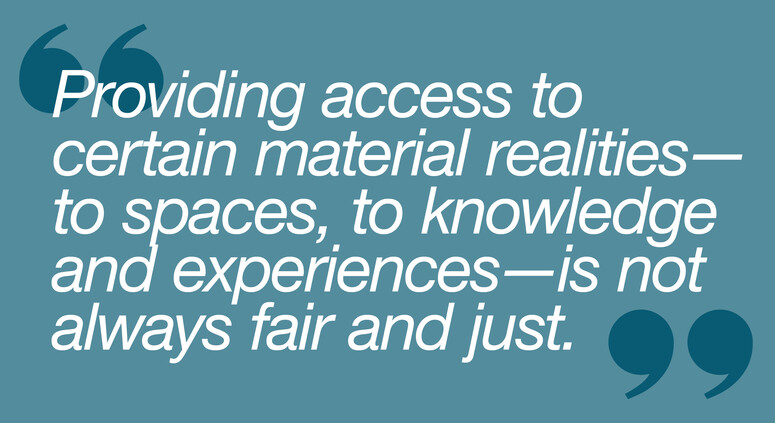design perspectives in ghana: conversation with felix ofori dartey and sam nii adjaidoo

31.08.2020 Editorial
(Photo credits: ICoD and Felix Ofori Dartey)
During the the Pan Afrikan Design Institute (PADI) event "Our Time is Now" held in South Africa (February 2020), ICoD met with Ghanaian delegates, Felix Ofori Dartey, an Independent Design Researcher and representative of PADI Ghana and DesignGhana, based in London, and Sam Nii Adjaidoo, a Design/Branding Consultant who works to promote design methodologies among youth in Kumasi. Our conversation sought design perspectives in Africa, specifically, on the design scene in Ghana.
ICoD: What does design in Africa looks like these days?
Felix: Well, in Afrika, ‘design in Afrika’ is synonymous with ‘Afrikan design’. They can't be separated. Afrikans, by nature, solve problems with designerly thinking. I am not sure if we have a word in our languages that stand for, and mean ‘design’. In the villages, when the men finish constructing the family homes, it is the women who take it upon themselves to decorate the exterior and the interior of the building for two reasons: first, to show her appreciation to her husband for constructing a family home, and secondly, as a way to show off her husband’s achievement, hence making the building stand out by decorating it with geometric shapes, i.e., using graphic patterns, sometimes in different colours.
 (Photo credit: Felix Ofori Dartey)
(Photo credit: Felix Ofori Dartey)
Storytelling and communication through colour combinations, geometric patterns and shapes were typical in the pre-colonial era, and are most known in indigenous Ghanaian textile kente cloths (known as nwentoma in Akan or Kete in Ewe made of interwoven cloth strips of silk and cotton) . The Ashantis had adinkra symbols for which every symbol communicated a language or a message on its own.
When Europeans arrived, they didn’t take time to understand and study us, and because they didn’t recognise this local design identity, they imposed their concept of design on us. So, in Afrika, one cannot talk about design in Afrika without talking about Afrikan design. Just after independence, in most cases, the European lecturers stayed on for a while to continue teaching their Euro-centric design knowledge which affected subsequent generations of designers. When they left, and the Afrikan lecturers took over, there was a gradual introduction of Afrikan design knowledge, but it has been the millennials and the generation Z who really took it upon themselves to learn more about Afrikan designs and have found ways of combining the Afrikan design elements and knowledge with the universal knowledge of design principles to produce wonderful works.
Sam: Currently design is part of the formal education system, but in some ways, the ‘global’ design education which is still common here, flattens things out. To have a more rounded-out design education, the formal aspects of design have to include the informal aspects so that students can freely express themselves from within, connecting them to their identities, to their family traditions, and so on. We really need to incorporate knowledge about the evolution of people from the perspective of the Afrikan, and to tell more stories from our perspective. So I think both types of education have to happen at the same time: global and local. Ideally, all young people should be taught design and creativity as part of basic education models, where design courses that expose one to spirituality, cultural values, use of available local materials and how to solve problems with contextual insights are valued.
ICoD: Can you tell us about the spelling of Africa with a "k"?
Felix: In the first place, Pan Afrikan Design Institute (PADI) is all about educating our people about the essence of design to our development. There is a saying that "if you speak to someone in their native language, you speak to their heart, but if you speak to the person in a non-native language, you speak to their mind". All the 2200 native languages of Afrika from the West to the East, and from the North to the South all spell Afrika with a 'k'. So it makes sense then to use a language and in this case a word that speaks to our heart or to the hearts of our people. A word they associate with and also when used in our indigenious languages flow with ease.
ICoD: Is there a vibrant community of working designers in Ghana? (Are they interdisciplinary?)
Felix: The design field in Ghana is predominantly visual communication design and fashion design. Both fields are vibrant. There is Advertising Association of Ghana and lately DesignGhana. Visual communication design and the fashion design communities often collaborate to produce nice works and events. For example, a fashion show could be heavily decorated with typographic designs and graphic arts so that you might be confused as to whether it is a graphic design show or fashion show, but these sorts of collaborations work well to make the shows a success. Interestingly, many of the fashion designers have had either a first degree in visual communication or some form of training in visual communication.

A preview of the boardgame (still under construction and development) as part of the design research by Felix Ofori Dartey to help education on the impact of cholera in Africa. Photo credit to Felix Ofori Dartey
Sam: The design economy in Ghana is very vibrant with varied sectors mostly focused on visualisation, fashion and interior design. In recent times, the surge of the global digital economy and its speed on delivery has necessitated the demand for digital design solutions from freelancers instead of ad agencies. This emergence has led to the saturation of the graphic design market; making it highly competitive and contributes to the innovative ways of developing new design services in the country. The life-style of Ghanaians is changing with new modern housing facilities coming up leading to an increase in the need for interior design services. Some design projects call for collaboration; designers in Ghana mostly work with people in different disciplines, a typical example is a graphic designer and illustrator working with software engineers and social entrepreneurs.
ICoD: What are they doing? Is it more on the ad side? Web? Traditional Publishing? Packaging? Interior design for hospitality?
Felix: In the '70s the design field was dominated by graphic design and textile design. In the '80s graphic design moves more towards advertising design, alongside textile design. During the '90s the textile design morphed into fashion design. In the new millennium, packaging design has flourished together with multimedia design, particularly website alongside advertising design. And during the last decade, website design also gave birth to app design. Publishing design has struggled a bit due to the cost of production. Interior design hasn’t flourished well in Ghana partly because it is not offered as a major course by any of the design schools.
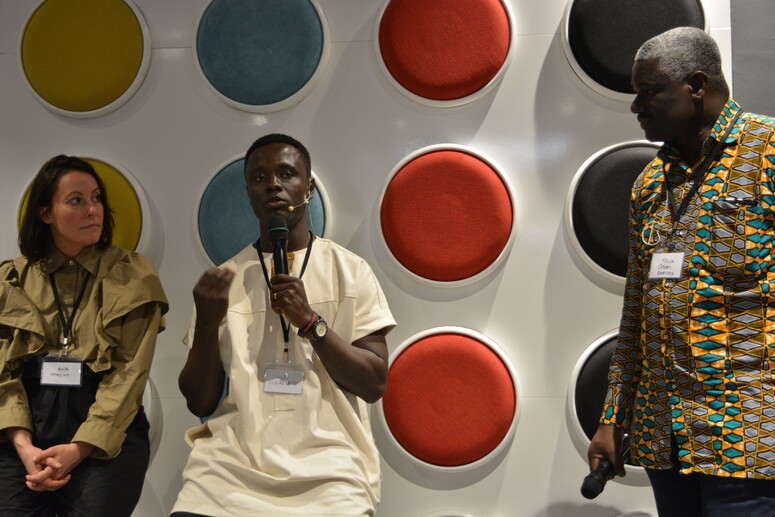
Sam Nii Adjaidoo (panelist) with Felix Ofori Dartey (PADI Ghana and DesignGhana) moderating the talks at "Our Time is Now" Afrikan Design Week.
ICoD: We always hear how Africa has such a young population and is leap-frogging technologies, how does that effect designers? What are the new programmes, new tools, and new ways of working? What are the unique challenges, especially now?
Felix: Well, with respect to the software, it used to be CorelDraw suite at the introduction of computer aided design to the design curriculum during the 90s and the first decade of the new millennium. Lately, it’s mainly the Adobe suite. I am told some people use both software suites to execute their projects. And before Covid-19 forced the world to adapt to working from home, the Ghanaian advertising industry started that about three and a half years ago due to slow job flow. The advertising agencies and graphic design studios were forced to lay people off and sub-contract them to work on projects from home using services like Dropbox, WeTransfer, WhatsApp and Skype. There are a great number of design professionals who are also freelancing and working mainly from homes. The major challenges faced by designers are affordable internet data services. Ghana has got one of the faster internet services in sub-Sahara Afrika. If I compare Ghana’s internet cost and services with South Africa’s internet cost and services, Ghana’s services are faster and affordable, but to the ordinary Ghanaian, it is still expensive.
Sam: In Kumasi, it’s business as usual. The digital economy is low as compared to Ghana’s capital city, Accra. Even though most people work from home now, publishing business is gradually returning to normal from the effect of COVID. It is quite a reflective time, requiring resilience and strategic ways to adjust to the new normal. Even though my team and I are safe and happy living and working at home most of the time, we keep discussing about people who do not have the opportunity to return to their design jobs due to the pandemic. Our musings “how difficult is this for them and who are they talking to?” Throughout COVID, my computer, phone, the internet, TV and WhatsApp have been the main ways of communicating with others and being useful through design. Due to the internet and the rise of the service economy, tools available for the global design community are also being used by designers in Ghana today. One of the challenges the Ghanaian creative industry faces is a lack of government and private investment opportunities. What is needed is government policies, initiatives and investment in harnessing the creative power of the youth in the design community for the future growth of the nation’s economy.
ICoD: Can you describe the local design community? How are younger designers learning from more experienced designers within that context?
Felix: Lately, design hubs are being developed by individuals and also by the British Council, where the young ones meet to discuss and share ideas and also serve as workspaces for people to rent at short terms to execute projects. With respect to events, I founded, organised and self-funded Graphic Design Awards Ghana from 2015 to 2019, to celebrate talents, motivate and inspire university students and the general public to consider Graphic Design as a career option. It was a success story and I even organised a pilot pan-African edition involving universities in South Africa, Kenya, Ghana and Uganda which was a success too. You can check the awards scheme on Facebook at (https://www.facebook.com/gdaafrika) However, due to funding challenges, I have to suspend it while looking into its future funding.
However, one success story of the benefits of my awards scheme is the formation of Pan Afrikan Design Institute (PADI) which has brought together design lecturers and professionals from about 15 countries together via WhatsApp to share ideas. Currently, we have over 100 members. There are fashion shows also with the biggest being Accra Fashion Week. There are institutionalised industrial internship at all the design schools so students get to go and learn from the professionals as part of the course study.
ICoD: “This is our time” was the theme for the event we went to. Obviously there is a shift happening from the traditional European-centric design world-view to a more global design view with influences from China, India and Brazil. Who do designers in Ghana look to, inside and outside the country? Is there a feeling that designers are starting to develop their own distinctly African approaches? What are they?
Felix: Within the Ghanaian visual communication design community one name stands out. He has been the motivator, inspiration and mentor to about 90% of all the visual communicators and the advertising designers in Ghana. He is called Ato deGraft-Johnson affectionately called Digi. He is a visual communicator, advertising designer and illustrator. Every student who passed through the hands of Digi when he was an associate professor at Kwame Nkrumah University of Science and Technology (the premier design school in Ghana) did not come out the same. He will bring the best out of you. He will make you realise you have a lot within you than you think. Digi is approachable as a friend and anybody who approaches him, he will mentor you. I can’t really tell if people had European designers they look up to as it wasn’t part of our everyday conversation during my time. With respect to designers developing their own distinct Afrikan approach, one millennial designer called Simon Charwey has successfully use the Ashanti Adinkra symbolism with global visual communication knowledge and branding knowledge (the principles) to develop logos and branding strategies for corporate bodies. He is even celebrated by Saki Mafundikwa for his approach and works. Simon, though young has inspired a lot of people including me who are increasingly incorporating our Adinkra symbolism in our process to design works.

BIO
Felix Ofori Dartey
Felix is a PhD student in his final year at the University of Leeds Centre for Visual Communication. Having completed his MA in Design specialising in Graphic Design in Healthcare information, Felix's current research develops Graphic Tools for use within healthcare information. His PhD examines Photographic Representation of People living with Dementia on the internet with the objective of looking at whether the pictures are a true representation, i.e., representing their quality of life and the disease properly and positively and not negatively.
Links to Felix’s published papers:
Affective and Effective Graphic Tool for Pain Self Care
A boardgame to educate people about malaria in Afrika
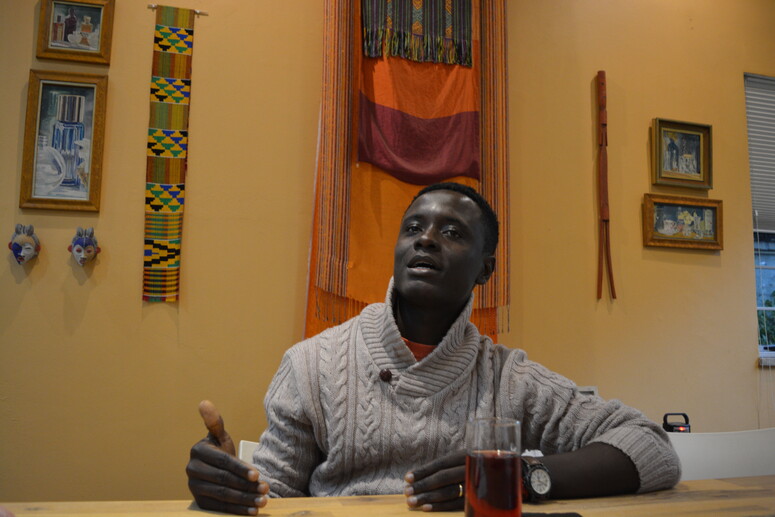
BIO
Sam Nii Adjaidoo
Sam is an innovative and design thinker who educates, inspires and leads teams to impact their communities with disruptive ideas using design thinking and HCD methodologies. He is an MSc. Marketing student at the KNUST Business School with a Communication Design background, researching on design thinking, decision-making modes and innovation.He is the founder and design consultant of DBN, a creative content design agency based in Ghana and the co-founder of Institute of Design and Synergistics; a design school that nurtures the youth to transform their lives through problem-based learning, prototyping and community outreaches.
You can read more about Sam here.
—
In late February 2020, ico-D visited South Africa, invited by the Pan Afrikan Design Institute (PADI) to attend the Afrikan Design Week event “Our Time is Now”. The discussions brought together design delegates from Ghana, Nigeria, Zimbabwe, South Africa, Canada, Indonesia, Lithuania and more. , self-proclaimed Afro-minimalist, Professional Interior Architect Member of the The African Institute of the Interior Design Professions (IID) and an IID Gauteng Ambassador.
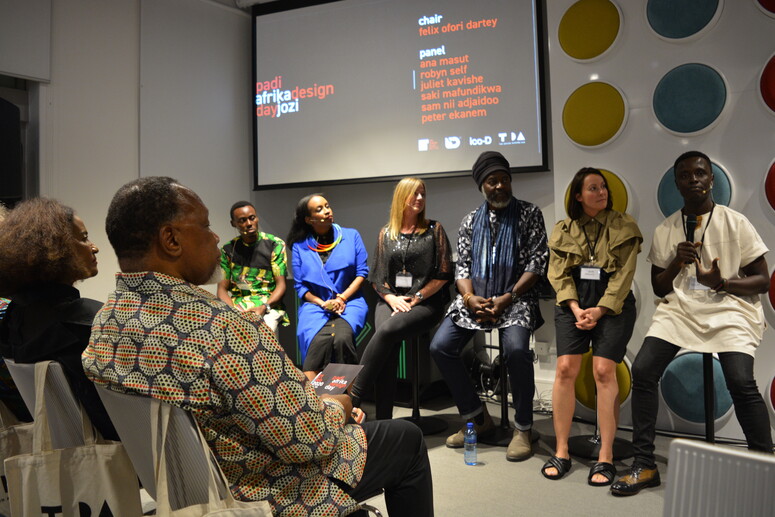
Peter Ekanem (PADI Nigeria), Juliet Kavishe (IID), Robyn Self (IID), Saki Mafundikwa, Ana Masut, Sam Nil Adjaidoo (PADI Ghana and DesignGhana) with former South African President Kgalema Motlanthe and Mapula Motlanthe in the audience.

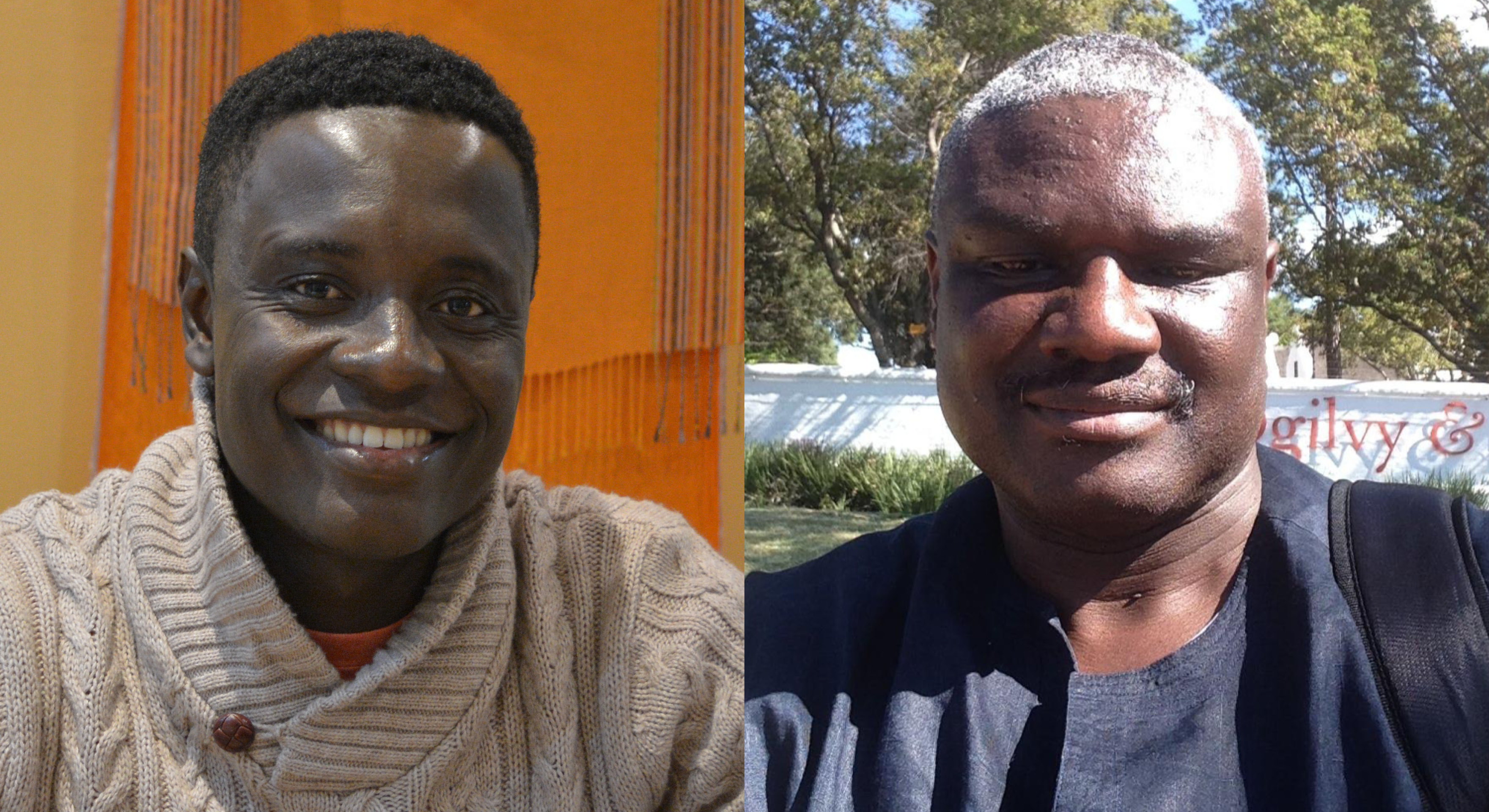
relatedarticles
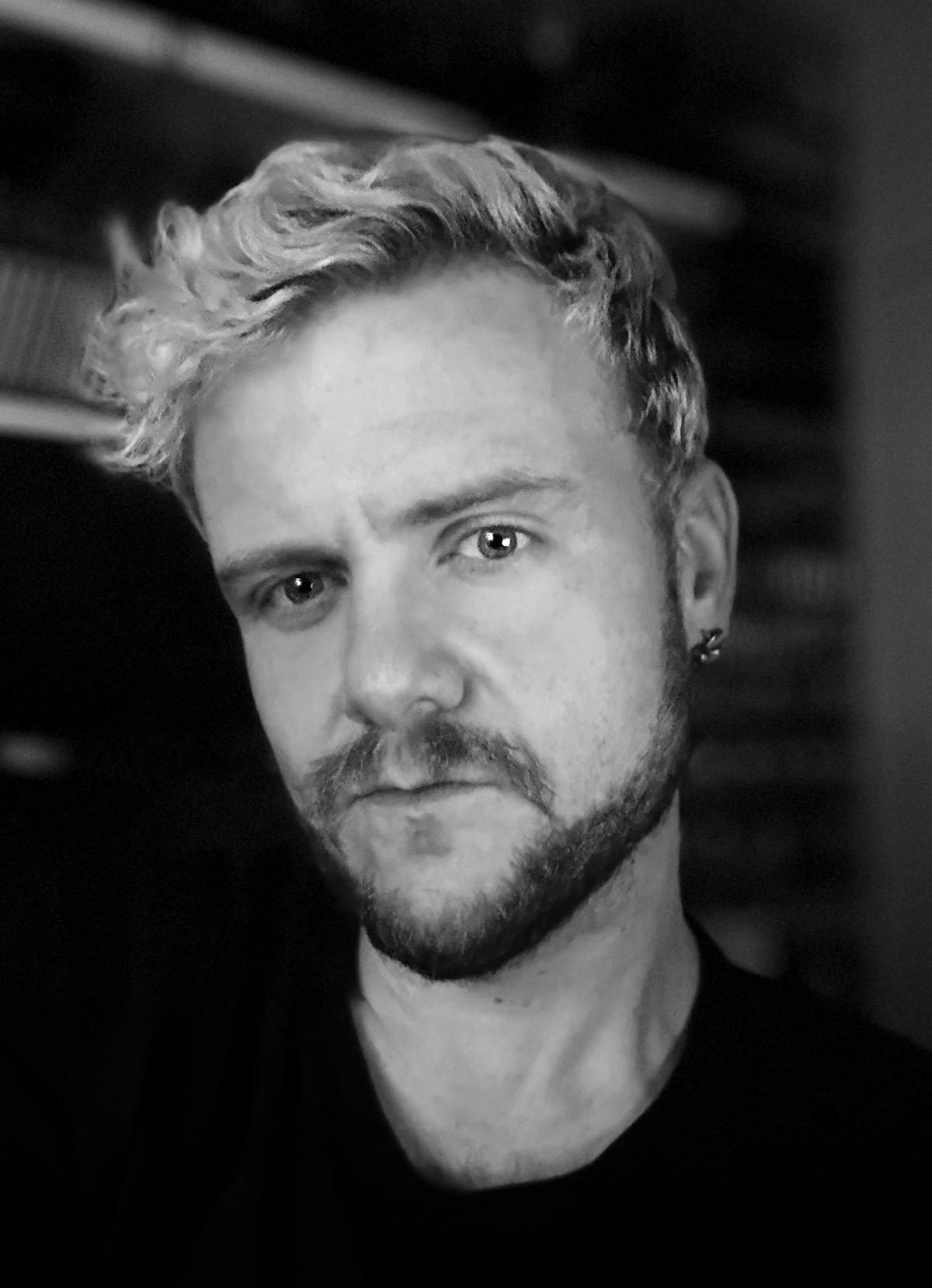
ICoD exclusive interview with kyle rath on design and AI
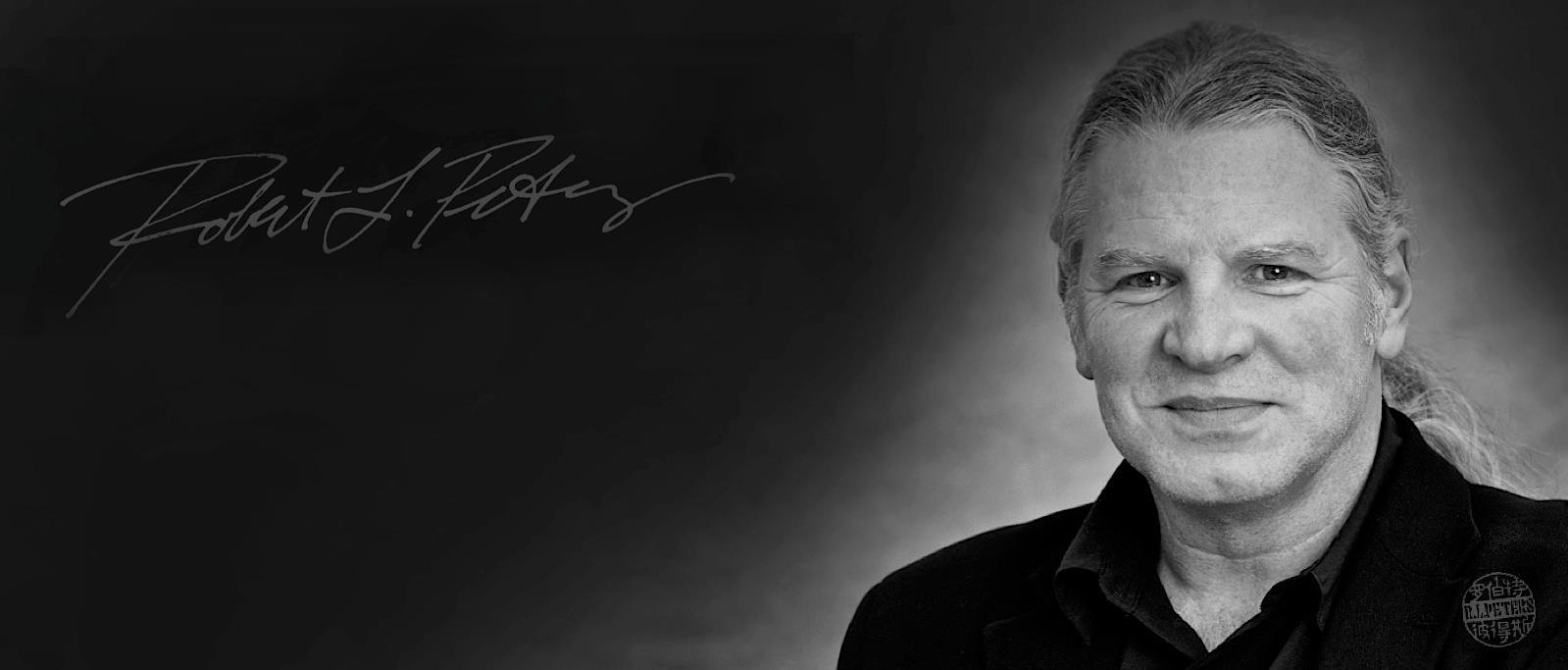
robert l. peters: guiding the future of design
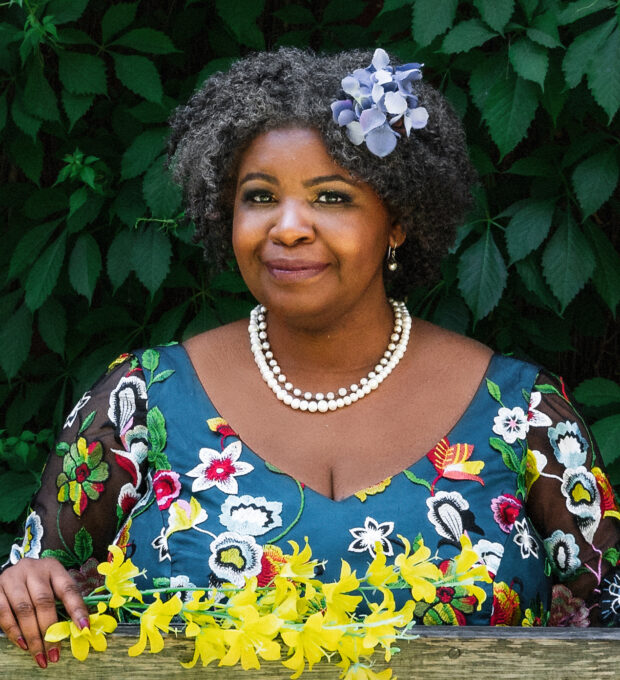
ICoD interviews elizabeth (dori) tunstall on decolonising design
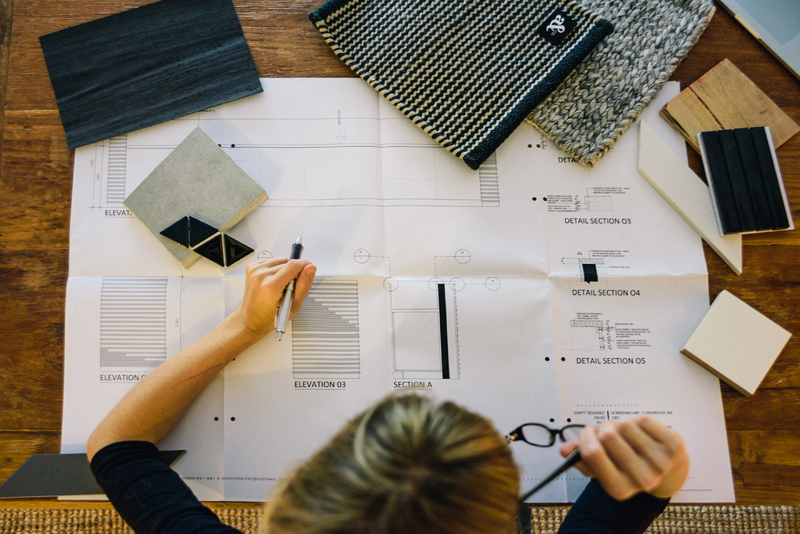
it may look good on instagram but you want to enjoy living in it
